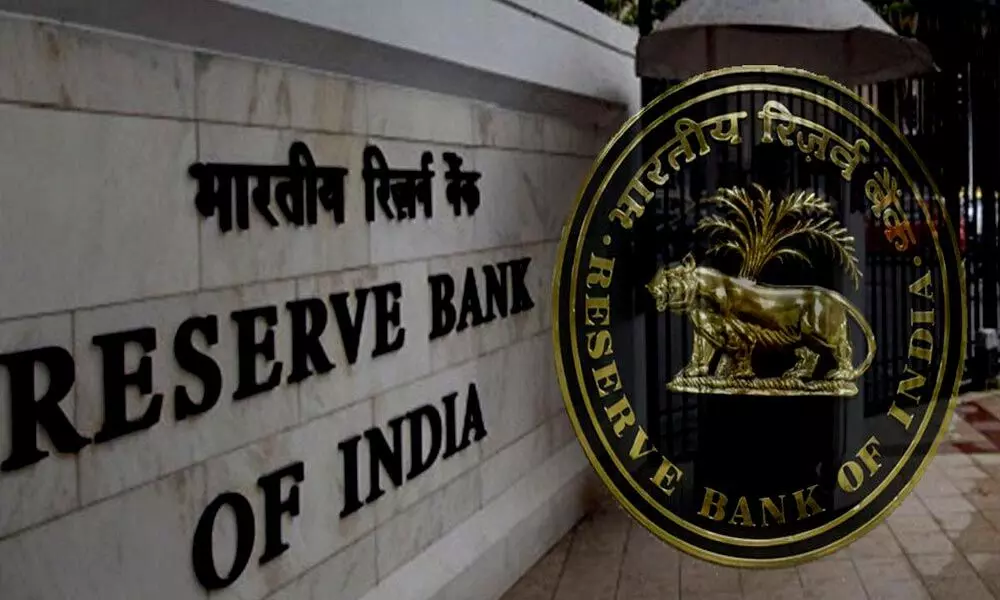RBI likely to tread cautiously on path to rate hike
The December MPC minutes carried a relatively less noisy tone on liquidity normalization and policy accommodation compared to October and August.
image for illustrative purpose

The December MPC minutes carried a relatively less noisy tone on liquidity normalization and policy accommodation compared to October and August. As usual, the sole dissenter on accommodation, Jayanth Varma, who continued to make a case for blunter policy action on the lower end of the corridor to reprice money market rates more effectively toward the repo rate at four per cent. Not to mention that it was the third MPC meeting in a row in which Varma has continued to advocate for policy normalisation.
Dr Saggar noted small moves toward policy normalization may be sufficient for now and one can decide to shift to a tightening monetary policy cycle at a point when the demand revival becomes entrenched. Dr Patra and Governor Shaktikanta Das, both, argued in favour of keeping monetary policy accommodative and argued that any calibration of the policy response to a build-up of financial stability risks would need to be well designed, especially amid a highly unsettled environment. However, the views expressed by other members of the panel were quite different. Prof Varma maintained his open dissent against the accommodative stance via keeping the reverse repo (RR) at 3.35 per cent. He argued that raising reverse repo rate (RR) could help raise effective money market rates quickly to four per cent.
Even as indirect corridor normalization is on the anvil, the core monetary reaction function continues to hinge more on durable growth revival, says an Emkay study.
Raising effective market rates toward four per cent would keep the MPC's credibility intact, reduce risk premia, anchor inflation expectations and increase the MPC's ability to keep the repo rate low for a long period. Another soft hawk, Ashima Goyal found comfort in variable rate reverse repo (VRRRs) raising effective lower bound rates. She reckoned the next challenge would be to decrease excess durable liquidity, which could partly be adjusted naturally with credit offtake. But even with liquidity adjustment, targeted liquidity for stressed sectors must continue. There was limited discussion on liquidity management, given that it is not directly in the MPC's purview. However, most members seem comfortable with steady progress in fine-tuning, and re-pricing and redistribution of liquidity. Dr Saggar noted small moves toward policy normalization may be sufficient for now and one can decide to shift to a tightening monetary policy cycle at a point when the demand revival becomes entrenched. Dr Patra and Governor Shaktikanta Das, both, argued in favour of keeping monetary policy accommodative and argued that any calibration of the policy response to a build-up of financial stability risks would need to be well designed, especially amid a highly unsettled environment.
The RBI is likely to tread cautiously on market preparation. Even as indirect corridor normalization remains on the anvil, the monetary reaction function continues to hinge on growth durability. One can only hope that slowly but steadily, the RBI will start putting its steps towards policy normalisation in days to come.

